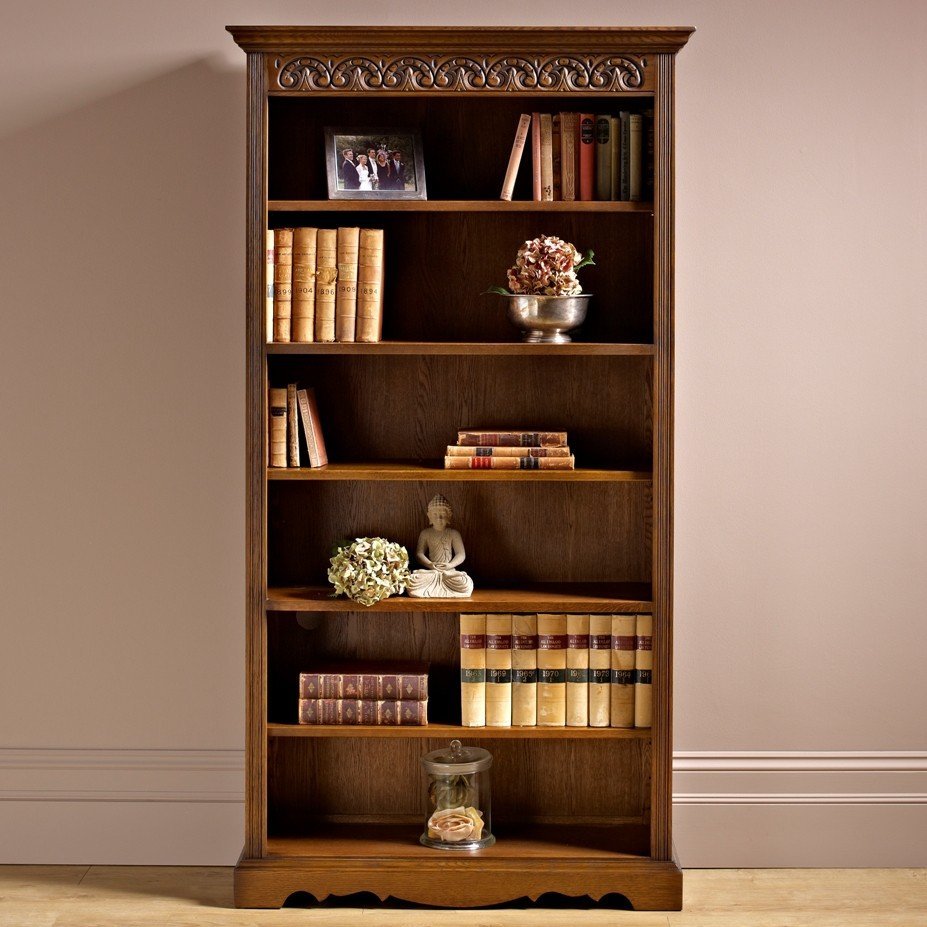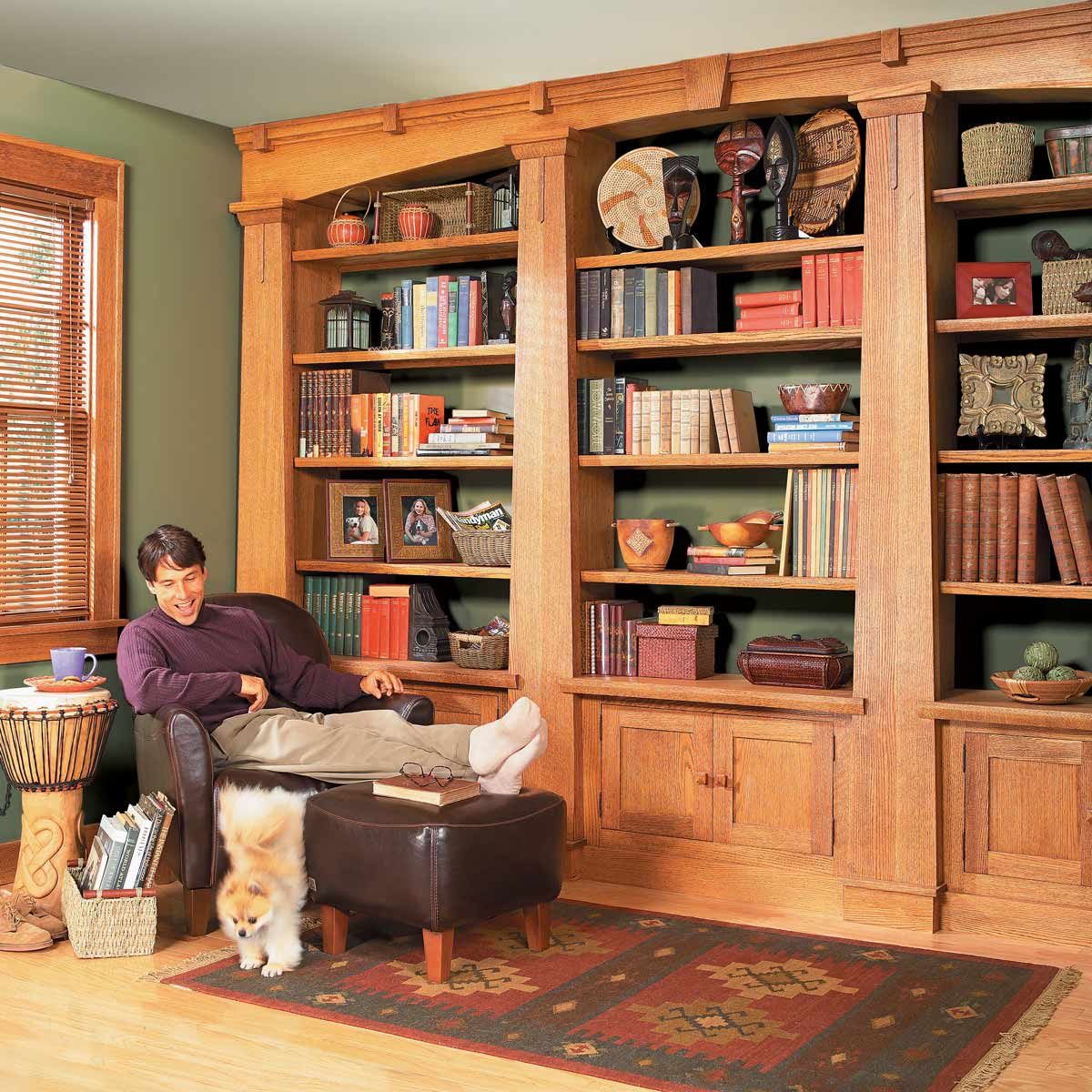Types of Wall Cabinets for Books

Wall cabinets for books offer a practical and aesthetically pleasing solution for organizing and displaying your literary collection. They come in various styles, materials, and configurations, allowing you to choose the perfect option to suit your space, budget, and personal preferences.
Open Shelving
Open shelving provides a minimalist and airy look, showcasing your books while creating a sense of openness in the room. They offer easy access to your collection and allow you to arrange books by size, color, or genre for a visually appealing display.
- Pros: Easy access to books, visually appealing, allows for creative arrangement, can be customized to fit any space.
- Cons: Books may collect dust, not ideal for storing valuable or fragile books, can be less secure than closed cabinets.
Closed Cabinets
Closed cabinets provide a more traditional and formal look, protecting books from dust, sunlight, and potential damage. They offer a secure storage solution for valuable or delicate books and can be used to conceal clutter.
- Pros: Protects books from dust and damage, offers a secure storage solution, can be used to conceal clutter, available in various styles to match any décor.
- Cons: Can be more expensive than open shelving, less accessible to books, may not allow for creative arrangement.
Combination Designs
Combination designs offer a balance of open and closed storage, allowing you to display your favorite books while keeping others organized and protected. They offer flexibility and versatility, accommodating different book sizes and types.
- Pros: Combines the benefits of open shelving and closed cabinets, allows for both display and storage, offers a flexible and versatile solution.
- Cons: May require more planning and space than single-style cabinets, can be more expensive than simple designs.
Materials
Wall cabinets for books are available in a variety of materials, each with its own advantages and disadvantages.
- Wood: A classic and timeless choice, wood offers durability, warmth, and natural beauty. It is available in a wide range of finishes and styles to match any décor.
- Pros: Durable, warm, natural beauty, available in various finishes and styles.
- Cons: Can be expensive, susceptible to scratches and dents, requires regular maintenance.
- Metal: Metal cabinets offer a modern and industrial look, providing durability and strength. They are often available in sleek finishes, such as chrome or brushed nickel.
- Pros: Durable, strong, modern and industrial look, available in sleek finishes.
- Cons: Can be cold and uninviting, susceptible to rust, may not be as versatile as wood.
- Glass: Glass cabinets provide a sleek and contemporary look, allowing you to showcase your books while keeping them protected. They can be combined with wood or metal for a unique and stylish design.
- Pros: Sleek and contemporary look, allows for showcasing books, can be combined with other materials.
- Cons: Can be fragile, requires regular cleaning, may not be suitable for all book types.
- Acrylic: Acrylic cabinets offer a modern and transparent look, providing a lightweight and durable alternative to glass. They are often used in contemporary and minimalist designs.
- Pros: Modern and transparent look, lightweight and durable, suitable for contemporary and minimalist designs.
- Cons: Can be expensive, may not be as versatile as other materials, may scratch easily.
Design Considerations for Wall Cabinets for Books

Creating a custom wall cabinet for your book collection involves more than just choosing a style. It’s about understanding your space, the weight of your books, and the overall aesthetic you want to achieve.
Determining Optimal Size and Configuration
The size and configuration of your wall cabinets should be determined by the available space and the size of your book collection. Measure the wall space where you plan to install the cabinets and consider the height and depth you need.
- For a large book collection, you might need multiple cabinets or a larger, multi-sectioned cabinet.
- For smaller collections, a single, compact cabinet might suffice.
- Consider the average size of your books. If you have large coffee table books, you’ll need deeper shelves than for paperback novels.
- Think about how you want to organize your books. Do you want to categorize them by genre, author, or size? The configuration of your shelves should reflect this.
Weight Capacity and Structural Integrity
The weight capacity of your wall cabinets is crucial, especially if you have a large collection of heavy books.
- Before purchasing or building cabinets, consider the weight your wall can support.
- Ensure the cabinets are constructed from sturdy materials that can handle the weight.
- Use heavy-duty brackets and anchors to securely attach the cabinets to the wall.
Choosing the Right Hardware
The right hardware can enhance the functionality and aesthetics of your wall cabinets.
- Hinges: Choose durable hinges that can handle the weight of the doors and allow for smooth opening and closing.
- Shelves: Consider the material, thickness, and spacing of the shelves. Adjustable shelves offer flexibility in accommodating different book sizes.
- Doors: Glass doors can showcase your collection, while solid doors provide privacy and protection from dust.
Integrating with Existing Furniture and Décor
Your wall cabinets should complement your existing furniture and décor.
- Consider the color and finish of the cabinets to match or contrast with your existing furniture.
- Use lighting to highlight your book collection and create a warm and inviting ambiance.
- Integrate the cabinets into your overall design scheme by incorporating elements such as moldings, trim, or decorative accents.
Installing Wall Cabinets for Books: Wall Cabinet For Books

Installing wall cabinets for books can be a rewarding DIY project that allows you to personalize your space and create a dedicated haven for your literary collection. Proper planning and execution are crucial for a successful installation that ensures both functionality and safety.
Tools and Materials Needed
Before embarking on the installation process, gather the necessary tools and materials to ensure a smooth and efficient experience. These include:
- Stud finder: To locate the wall studs for secure attachment.
- Level: To ensure that the cabinets are installed straight and even.
- Tape measure: To accurately measure the space and determine the cabinet placement.
- Pencil: To mark the wall for drilling and attaching the cabinets.
- Drill: To drill pilot holes for screws and attach the cabinets.
- Screwdriver: To secure the screws for attaching the cabinets.
- Safety glasses: To protect your eyes from debris while drilling and attaching the cabinets.
- Wall anchors: To provide additional support if the wall studs are not easily accessible.
- Screws: Appropriate screws for attaching the cabinets to the wall.
- Cabinet hardware: Handles, hinges, and any other desired accessories.
Measuring and Marking the Wall, Wall cabinet for books
Precise measurements are essential for a perfect fit and aesthetically pleasing installation.
- Determine the cabinet placement: Consider the available space, the height you desire, and the overall aesthetic of the room.
- Measure the wall: Accurately measure the width and height of the area where you intend to install the cabinets.
- Measure the cabinets: Measure the width and height of each cabinet.
- Mark the wall: Using a pencil, mark the wall at the desired height and width of the cabinets.
Attaching the Cabinets to the Wall
- Locate wall studs: Use a stud finder to locate the wall studs behind the marked area. This ensures that the cabinets are securely attached to the structural support of the wall.
- Drill pilot holes: Drill pilot holes into the wall studs at the marked locations.
- Attach the cabinets: Align the cabinets with the marked locations and secure them to the wall using screws.
- Use wall anchors: If wall studs are not readily accessible, use wall anchors to provide secure attachment.
Ensuring Proper Alignment and Stability
- Level the cabinets: Use a level to ensure that the cabinets are installed straight and even. Adjust the cabinet position as needed to achieve perfect alignment.
- Check for stability: Once the cabinets are attached, gently push and pull on them to ensure that they are securely fastened and stable.
Safety Precautions
- Wear safety glasses: Always wear safety glasses to protect your eyes from debris while drilling and attaching the cabinets.
- Use a ladder safely: If you need to use a ladder, ensure that it is placed on a stable surface and that you are using it correctly.
- Avoid overloading the cabinets: Do not overload the cabinets with heavy books, as this can lead to instability and potential damage.
Wall cabinet for books – Wall cabinets are a great way to organize and display your book collection, adding a touch of sophistication to any room. For those seeking custom cabinetry solutions, consider asa cabinets walled lake michigan for expertly crafted wall cabinets that can be tailored to your specific needs and preferences.
From elegant finishes to unique designs, asa cabinets can help you create the perfect book haven in your home.
Wall cabinets offer a practical solution for organizing and storing books, keeping them tidy and easily accessible. If you have a larger collection, consider an 8 door wall cabinet , providing ample space for all your literary treasures. Wall cabinets for books can be customized to fit your space and style, adding a touch of elegance to your home library.
